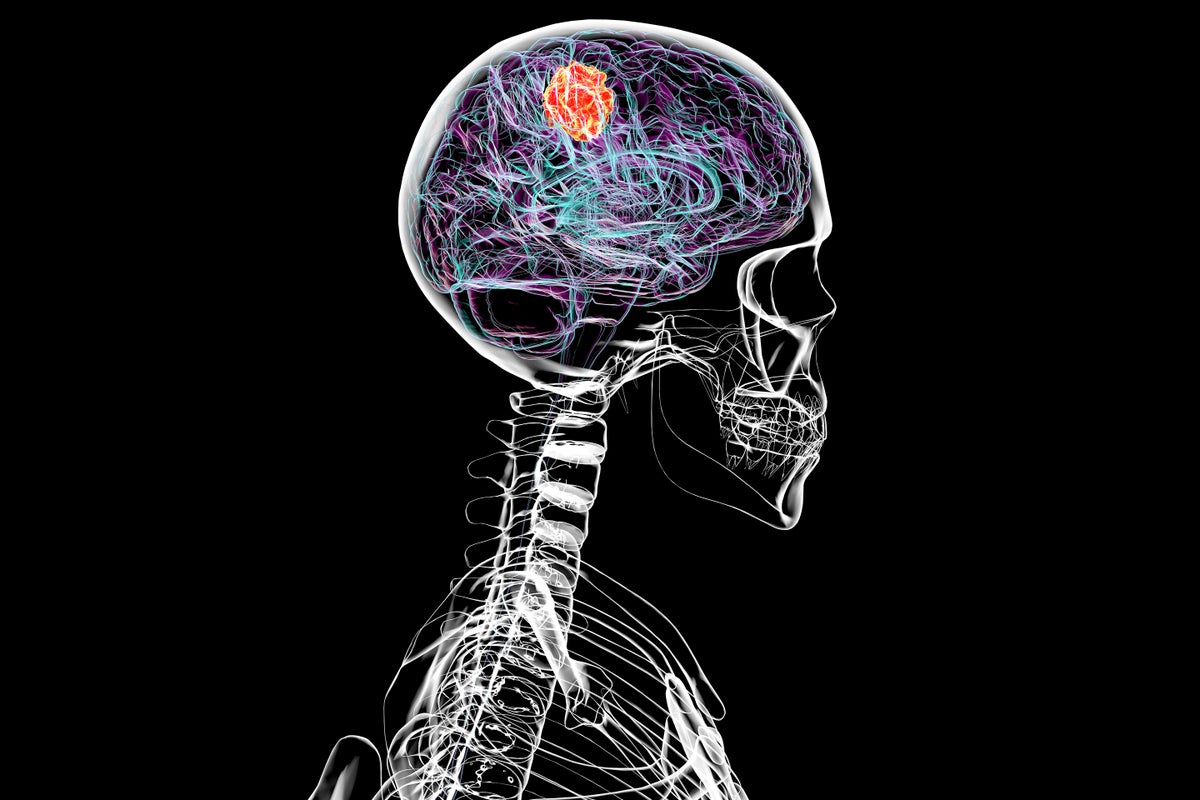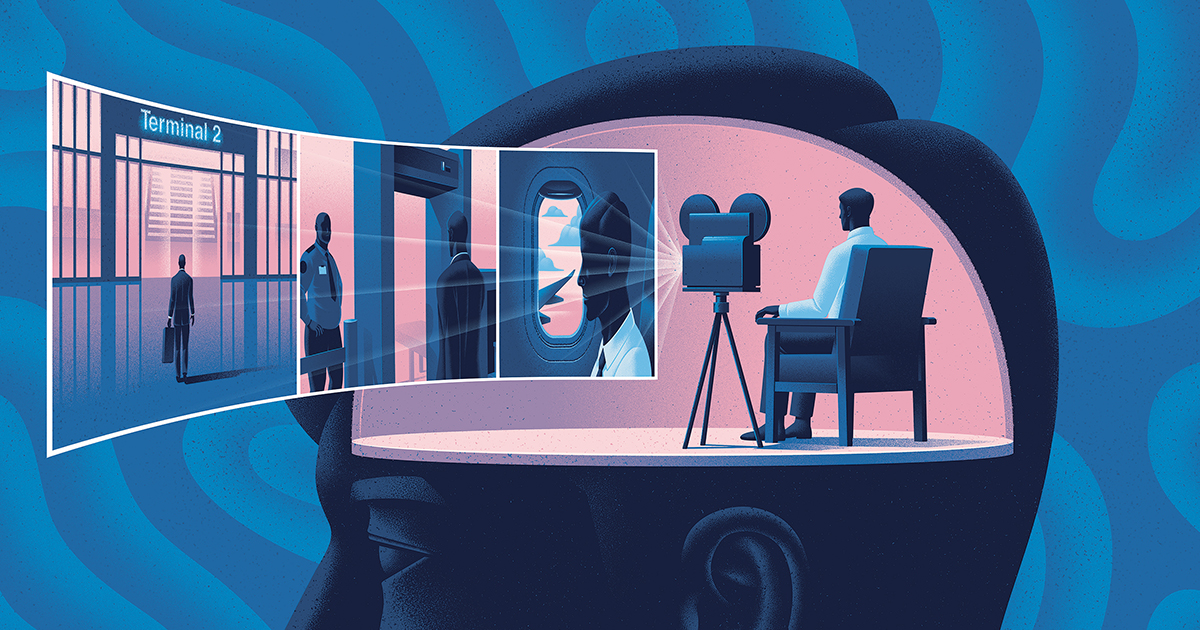February 14, 2025 3 min read How Do You Cook a Perfect Egg? Scientists Have Figured It Out Materials scientists have found a way to perfectly cook an egg white and egg yolk simultaneously By Arminda Downey-Mavromatis edited by Andrea Thompson Hard-boiling, soft-boiling or using a trendy sous vide—no matter the approach, cooking a whole… Continue reading This Method of Cooking a Perfect Egg Sounds Absurd, But Scientists Swear Its Worth It
Tag: Quantum Stuff
The ‘Elegant’ Math Model That Could Help Rescue Coral Reefs
Plasticity differs from evolution because it happens within an individual’s lifetime. Understanding a polyp’s adjustments can therefore help biologists grasp the limits of adaptation in an era of unprecedented change. How quickly does coral grow? How densely can polyps pack together? What shapes do colonies assume to adapt to different environments? What’s the minimum number… Continue reading The ‘Elegant’ Math Model That Could Help Rescue Coral Reefs
The Hidden Costs of Men’s Social Isolation
Men are struggling—at least, that’s what many headlines suggest. Compared with women, they report having fewer and less supportive friendships. Men lag behind dramatically in achievements such as higher education attainment. Suicide rates, too, reveal a grim gender disparity: women attempt suicide more often, but men are far more likely to die by it. Concerns… Continue reading The Hidden Costs of Men’s Social Isolation
Tumors Hijack the Nervous System to Fuel Their Own Growth
Cancer arises as an enemy from within. One of the body’s own cells becomes damaged or corrupted and then multiplies to create copies of its aberrant self. The ballooning army of deviant cells may invade nearby tissues, damaging them and causing symptoms. Deepening the betrayal, the body itself becomes complicit. Blood vessels grow toward the… Continue reading Tumors Hijack the Nervous System to Fuel Their Own Growth
New Maps of the Bizarre, Chaotic Space-Time Inside Black Holes
At the beginning of time and the center of every black hole lies a point of infinite density called a singularity. To explore these enigmas, we take what we know about space, time, gravity and quantum mechanics and apply it to a place where all of those things simply break down. There is, perhaps, nothing… Continue reading New Maps of the Bizarre, Chaotic Space-Time Inside Black Holes
Trump Administration Starts Firing Energy Department and Other Employees
CLIMATEWIRE | The Trump administration fired federal employees on probationary status Thursday, affecting tens of thousands of staffers nationwide. The Department of Energy, Forest Service and Office of Personnel Management are among the agencies that axed staffers, several current and former federal employees said. All agency employees for this story were granted anonymity because they… Continue reading Trump Administration Starts Firing Energy Department and Other Employees
How ‘Event Scripts’ Structure Our Personal Memories
He tweaked a machine learning technique called a hidden Markov model so it would work with fMRI data. The algorithm can be trained to recognize structure for events that stretch out over time, such as an episode of a TV show. The approach, borrowed from computer science, was new to neuroimaging. “That gave me a… Continue reading How ‘Event Scripts’ Structure Our Personal Memories
Catalytic Computing Taps the Full Power of a Full Hard Drive
The breakthrough came months later, when Buhrman was visiting his frequent collaborator Richard Cleve at the University of Waterloo. They decided to focus on an extreme scenario, one where the full memory is very large. If a computer with little free memory can access this massive full memory, would that enable it to solve problems… Continue reading Catalytic Computing Taps the Full Power of a Full Hard Drive
After 20 Years, Math Couple Solves Major Group Theory Problem
After the conjecture was posed in the 1970s, dozens of mathematicians tried their hand at proving it. They made partial progress — and in the process they learned a great deal about groups, which are abstract objects that describe the various symmetries of a mathematical system. But a full proof seemed out of reach. Then… Continue reading After 20 Years, Math Couple Solves Major Group Theory Problem
Undergraduate Upends a 40-Year-Old Data Science Conjecture
Together, Krapivin (now a graduate student at the University of Cambridge), Farach-Colton (now at New York University) and Kuszmaul demonstrated in a January 2025 paper that this new hash table can indeed find elements faster than was considered possible. ln so doing, they had disproved a conjecture long held to be true. “It’s an important… Continue reading Undergraduate Upends a 40-Year-Old Data Science Conjecture









